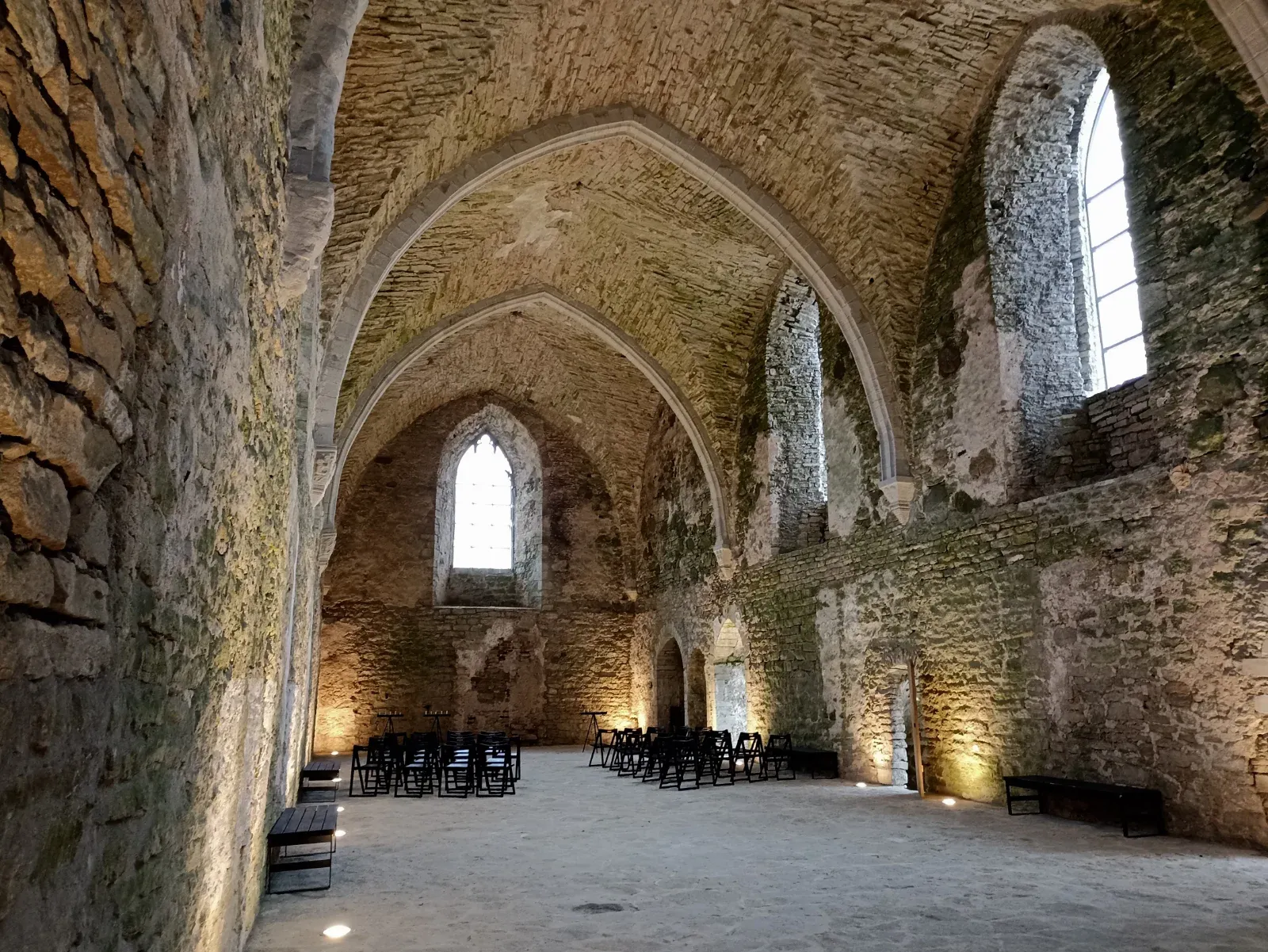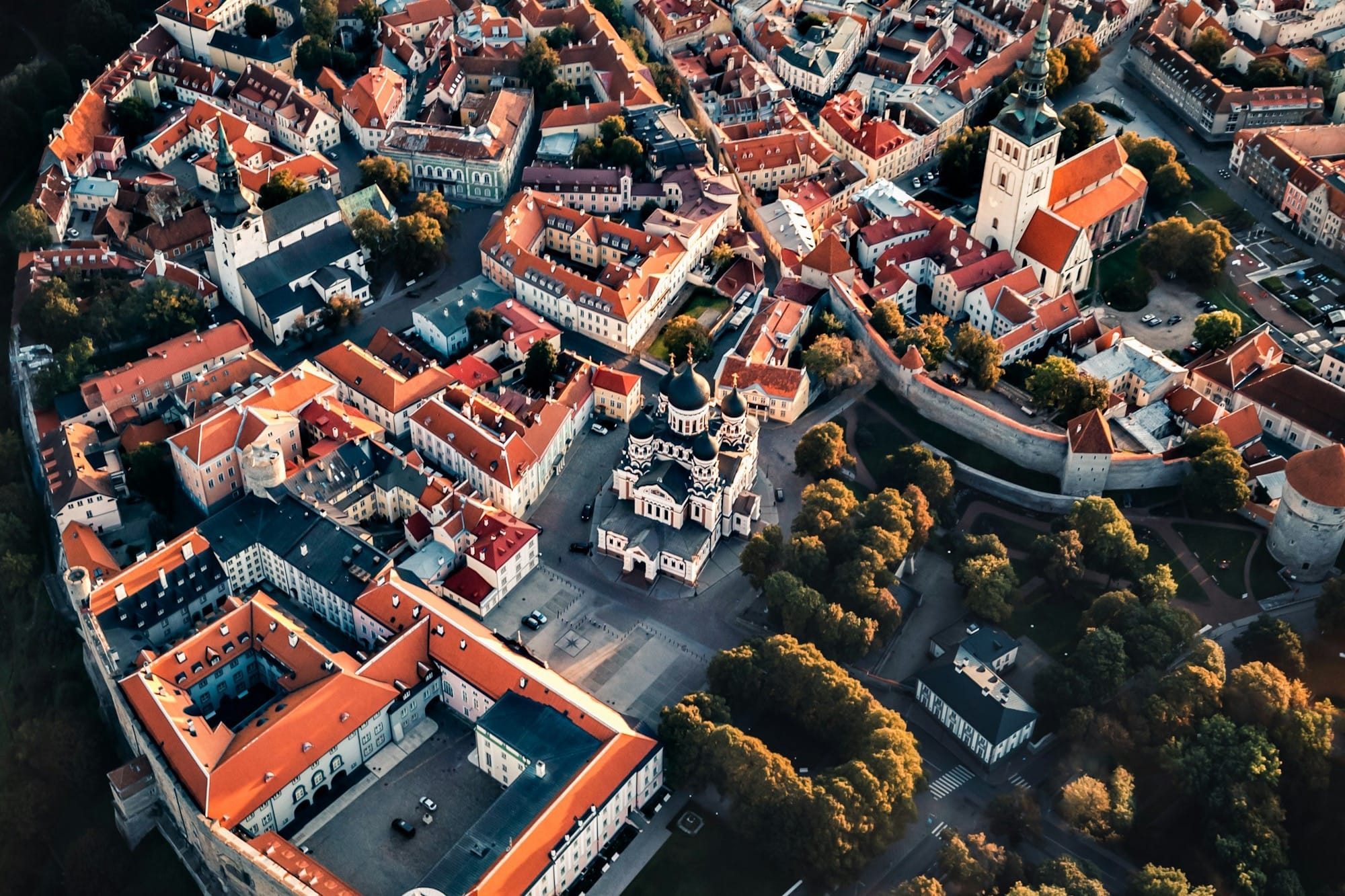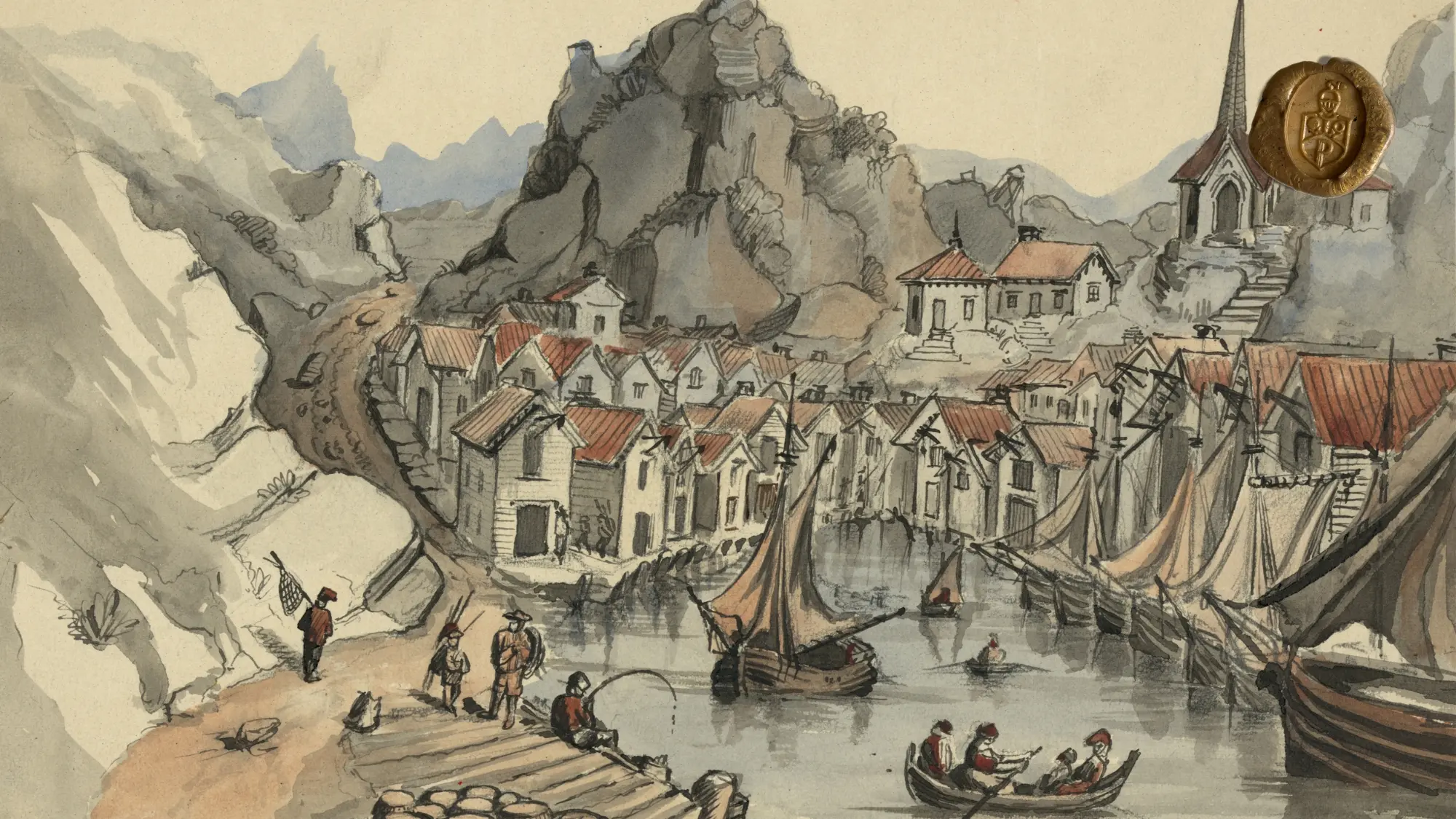The early history of Tallinn is somewhat murky in the absence of written sources. The Estonian History Museum questions its status as a kingdom, preferring to leave the possibilities open for discussion. While Estonia did have noble classes, it had no native royals; however, successive occupying powers gradually altered the face of Estonian society.
The Germanic name Reval was used for seven centuries after the Danish conquest of the city in 1219 – since the invasion of the Teutonic Order and during the height of the Hanseatic League's power, until 1918. The region was historically called Livonia, home to the Livonians, comprising parts of present-day Latvia and Estonia.
The Polman family, with its noble Baltic German heritage, found its way from Germany to Estonia, where one branch of the family eventually matriculated into the Estonian nobility (No. 112.) Significantly, Jürgen Polman was born here and built a life and career that eventually connected the family to Sweden. He was among the soldiers fighting for Sweden, and was imprisoned during the Polish-Swedish War, possibly in Tallinn. Another notable character is Reinhold Wilhelm von Pohlmann, a celebrated jägermeister held in high regard by Russian empress Catherine the Great.
This guide is arranged roughly in order of historical events rather than distances or proximity. To plan the best routes, use our Google map.

The first Estonian uprising – Padise
It might seem a little too offbeat, maybe even strange, to begin a Tallinn travel guide outside of the city. But bear with us. As the site of the first and most significant uprising of Estonians against any invading power, the monastery at Padise holds historical and contextual value. Located in Harju county, an hour's direct bus ride from Tallinn, Padise is home to a 13th century monastery, permitted by Erik Menved, King of Denmark, in 1305. In 1343, the monastery was attacked by peasants who were against Danish rule[[1]], and later rebuilt as a fortified complex. It was occupied by the Teutonic Order, and Russian and Swedish troops during the Livonian War in the 16th century.
The monastery was owned by Sweden until 1622, and then donated to the Archbishop of Riga, Thomas Ramm, for his services in battle. The monastery became a residence, and when it burned down from a lightning strike in 1766, a manor was built in the vicinity. It was renovated in the 19th century and now hosts events, accommodation and a spa. Renovations also began at the monastery in 2020, and it is open for visits.
It is to Padise that the Polmans, a Baltic German family, trace their first home in Estonia. Hans Polman was a county clerk here in the 16th century, and his son Jürgen would go on to become the steward and commander of Padise in 1613; his descendants later migrated to Sweden.





